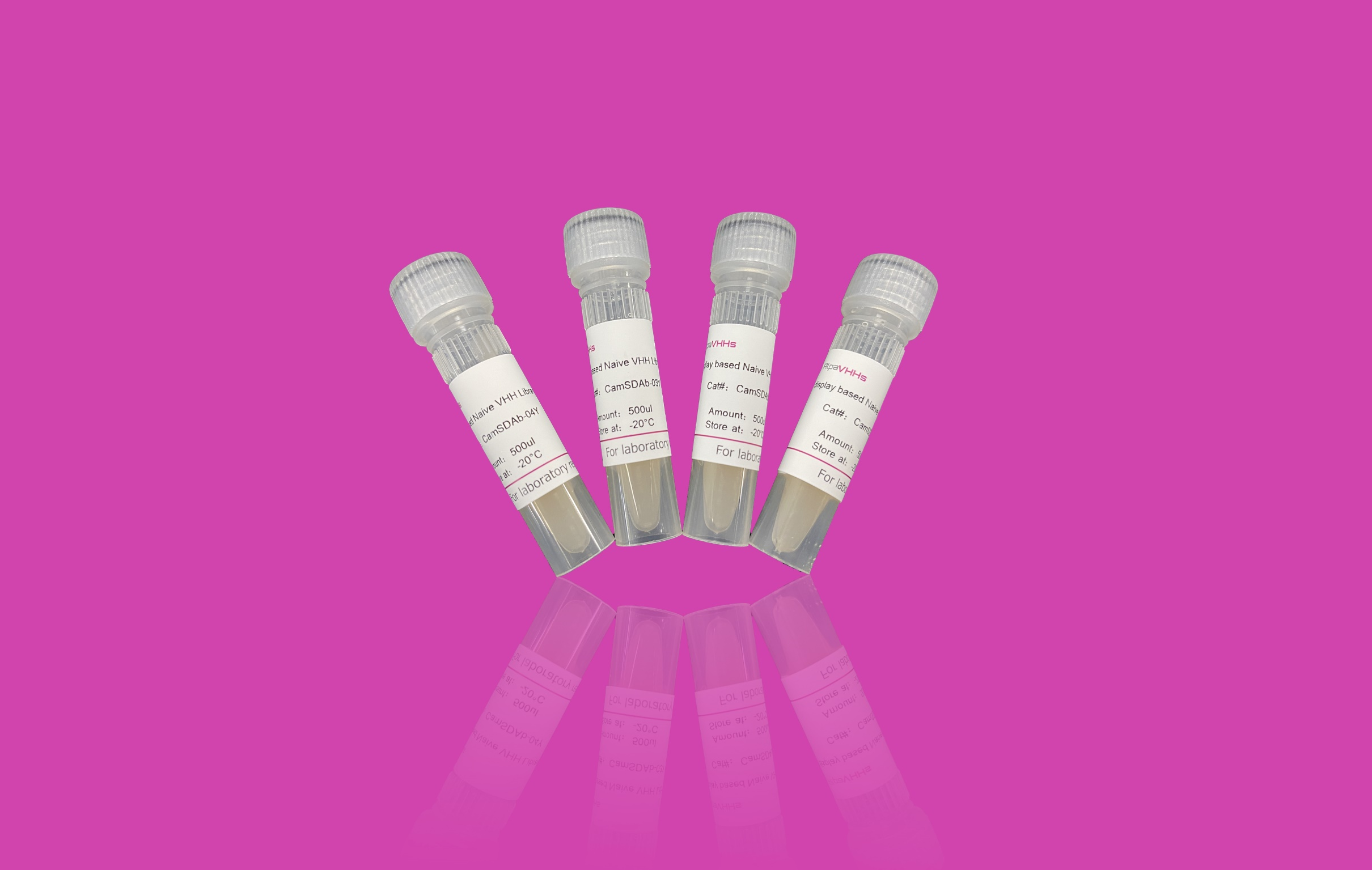Yeast display or yeast surface display is a novel technique widely used to express the proteins at the yeast surface after translation and maturation in a eukaryotic system. Thus, the yeast display is superior to phage display for display of protein or antibody because the eukaryotic expression environment of yeast cells ensures fine tuning such as folding, modification, and translocation prior to display on the surface.
The preparation of single domain antibody libraries starting from lymphocytes recovered from immunized members of the Camelidae enables to collect binders that underwent somatic maturation. However, the time and costs necessary to prepare a library for each new antigen may urge to look for alternatives such as those offered by large one-pot libraries. Here we constructed four large naïve libraries using PBMCs and spleens from 20 healthy nonimmunized Bactrian camels.The library consists of more than 109 individual transformants with more than 90 % unique sequences and the positive insert ratio was more than 99.99%. We leverage this established library along with our advanced screening platform to extend the epitope coverage and help clients find the optimal monoclonal antibody candidates Despite the lack of somatic maturation, the selection based on yeast display allowed to isolate from such naïve libraries VHHs with affinity in the subnanomolar range and suitable for the standard immunoapplications.

Features
Similar to phage display, yeast display provides a direct connection between genotype and phenotype. A plasmid containing the gene of interest is contained within yeast cells and the encoded VHH is expressed on the cell surface.
The display level of each yeast cell is variable, with each cell displaying 104 to 105 copies of the VHHs.
Screening of VHH variation of surface expression and avidity can be quantified using fluorescence-activated cell sorting (FACS), which measures both the strength of antigen binding and amount of VHH expression on the yeast cell surface using separate tags on the antibody and antigen.
FACS binding assays provide a much more quantitative way of assessing high binding affinity and selectivity for the antigens and offer the ability to accurately control selection parameters (binding population percentage, signal normalization, and desired binding affinities) by flow cytometry.
There are usually 3-5 rounds of enrichment of target antigen-binding clones.
The VHHs displayed by a single yeast colony is evaluated for specificity and reproducibility. If the VHH has the required functionality, the antibody gene is sequenced as part of antibody validation.



